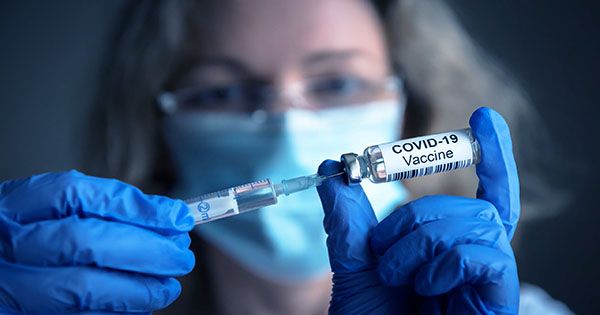Air pollution is a rising concern all around the world, and ensuring clean air for breathing is one of the United Nations’ Sustainable Development Goals (SDGs). Over the last two decades, remote sensing systems from space or the ground have progressed and can provide useful information on the status of the air. Using roadside technologies to detect high-emitting automobiles helps to enhance urban air quality.
According to new research, cities that install roadside emissions sensors to detect high polluting automobiles, along with an enforcement program to check and repair these vehicles, might considerably improve metropolitan air quality. Vehicle emissions are the most major source of air pollution in cities around the world, affecting the climate and the health of millions of people. Reducing air pollution is a key target of the United Nations sustainable development goals.
“Car exhaust fumes contain harmful gases such as carbon monoxide, nitrogen oxides, and particulate matter that cause lung cancer, heart failure, asthma, and other ailments,” explains University of Technology Sydney co-author Professor John Zhou (UTS).
“Remote sensing equipment measures chemical concentrations in the exhaust while a vehicle drives by using a sensor and a laser beam. A camera captures the license plate, which allows vehicles to be identified for inspection and maintenance” he claims.
Although new cars are expected to fulfill emissions requirements, older cars, those with a high number of kilometers, and cars that have been changed or are poorly maintained might malfunction and have much higher emission levels, resulting in excessive levels of air pollution.
Remote sensing equipment measures chemical concentrations in exhaust while a vehicle drives by using a sensor and a laser beam. A camera captures the license plate, which allows vehicles to be identified for inspection and maintenance.
Professor John Zhou
UTS researchers collaborated with the Hong Kong Environmental Protection Department (HKEPD) and the Hong Kong Vocational Training Council to assess the accuracy and efficacy of Hong Kong’s remote sensing enforcement program. They evaluated data from the program’s inception in September 2014 to December 2018, totaling over 2.9 million vehicle counts from over 150 monitoring stations. They also examined data from air quality monitoring and chassis dynamometer testing.
Remote sensing identified 16,365 high-emitting LPG and gasoline vehicles and issued emission test warnings to them. Ninety-six percent of the high emitters were successfully rectified and passed the Hong Kong Transient Emission Test (HKTET). Only 1.4 percent of vehicles failed the HKTET, while 2.3 percent did not take the exam, resulting in the suspension of 558 vehicle licenses.

According to the study, which was published in the journal Science Advances, Hong Kong’s remote sensing enforcement program resulted in a large and ongoing reduction in the amount of dangerous substances at the roadside and in the wider air environment.
“This is the first study of its kind to integrate on-site measurement of vehicle emissions with follow-up activities for high-polluting vehicles maintenance. It gives policymakers with insights not only into monitoring but also into establishing enforcement programs” Yuhan Huang, the lead author, says
“When compared to passive sampling or periodic inspection, targeting a small number of high emitters for vehicle emission control dramatically reduces repair cost and time for both the government and vehicle owners,” he says.
When all high-emitters are corrected, the researchers estimate that total hydrocarbons, carbon monoxide, and nitric oxide can be lowered by 22%, 47%, and 39%, respectively. The HKEPD’s baseline testing revealed that the overall failure rates for petrol and LPG vehicles were 13% and 63 percent, respectively. The proportions of high emitters in the taxi and light bus fleets were substantially greater than in private cars.
The worst offenders exceeded the carbon monoxide and nitrogen oxide limits by more than ten times. Older automobiles were more likely to fail the emissions regulations, however, some newer vehicles also failed.
On 600 selected LPG taxis, a pilot repair demonstration program was carried out. The failure rate of emissions was lowered from 63 percent to 7 percent after repair. Almost 90% of the repairs required were for three-way catalytic converters (TWCs) and oxygen sensors.
Following that, the Hong Kong government granted the HKEPD with $150 million in financing to subsidize the replacement of TWCs and oxygen sensors in a taxi and light bus fleets. Repairing engine flaws not only decreased emissions but also increased fuel efficiency.
The researchers point out that training workshops for the automotive industry and repair groups, which included both technical seminars and laboratory demonstrations, were a significant aspect of the program’s execution.
They also emphasize present problems, such as the requirement for cautious emission cut-offs, single-lane measurement sites, and the absence of application in diesel vehicles. The development of more sensitive distant sensing systems, as well as vertical systems, will aid in addressing these difficulties.
















